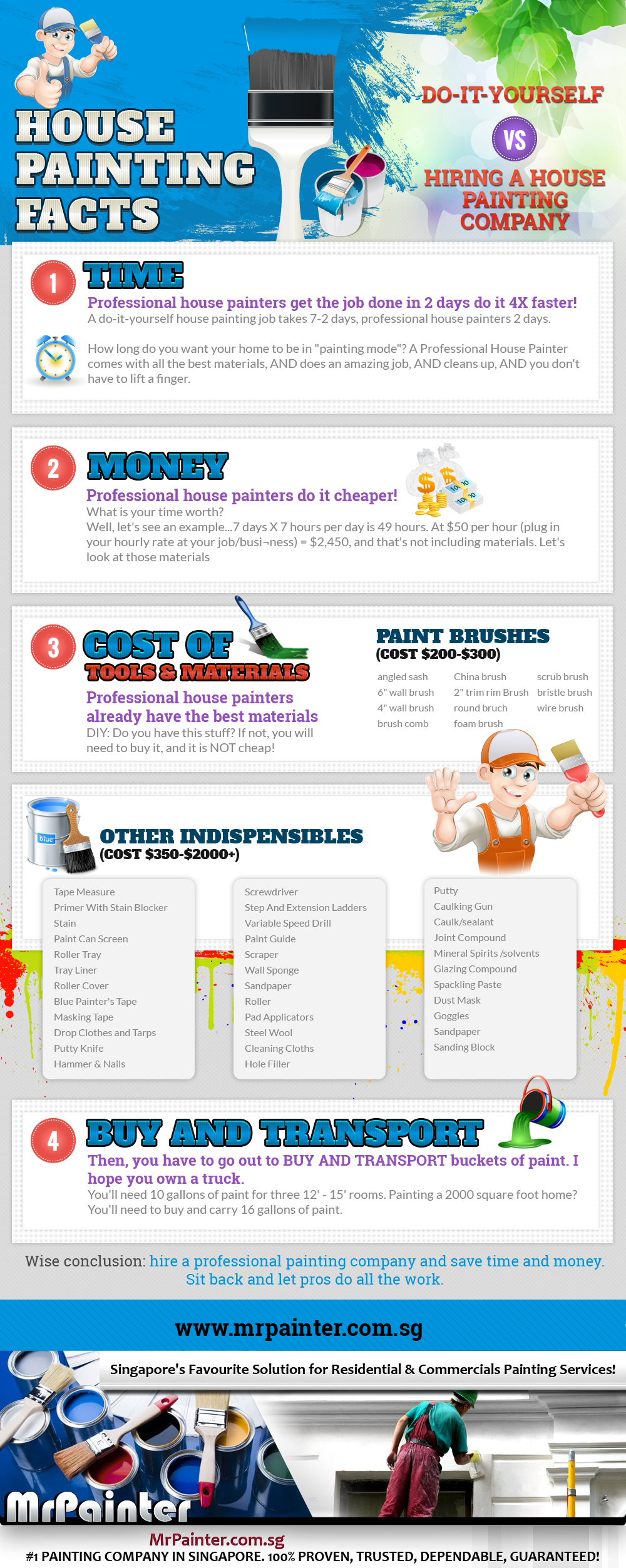Discover The Effect Of Seasonal Components On The Efficiency Of Industrial Exterior Painting And Recognize The Optimal Times To Accomplish Enduring Results For Your Task
Discover The Effect Of Seasonal Components On The Efficiency Of Industrial Exterior Painting And Recognize The Optimal Times To Accomplish Enduring Results For Your Task
Blog Article
Content Author-Korsholm Bagger
When you're intending a business external paint task, seasonal factors can make or break your results. You'll wish to consider just how temperature and moisture impact paint application and drying out times. Choosing the best season can guarantee your paint adheres appropriately and lasts longer. But which periods are absolutely the most effective for this sort of work? Let's explore the key elements that can affect your project's success.
The Effect of Temperature Level on Paint Application
When you're intending a commercial outside painting project, the temperature level can significantly impact just how well the paint adheres and dries out.
Ideally, you intend to paint when temperature levels vary in between 50 ° F and 85 ° F. If it's too cool, the paint may not heal appropriately, resulting in concerns like peeling or splitting.
On the flip side, if it's also warm, the paint can dry out too rapidly, avoiding correct bond and causing an unequal coating.
You must likewise consider the time of day; early morning or late afternoon offers cooler temperature levels, which can be a lot more positive.
Constantly inspect the maker's recommendations for the specific paint you're using, as they often give guidance on the optimal temperature variety for optimum results.
Humidity and Its Effect on Drying Times
Temperature isn't the only environmental factor that affects your industrial exterior paint job; moisture plays a significant duty as well. High humidity levels can reduce drying times drastically, influencing the general high quality of your paint task.
When the air is saturated with dampness, the paint takes longer to cure, which can result in concerns like inadequate bond and a greater danger of mold development. If you're painting on an especially moist day, be planned for extended delay times in between layers.
It's crucial to keep an eye on neighborhood weather conditions and strategy appropriately. Ideally, https://painternearme77666.blogdanica.com/34394126/submerse-yourself-in-a-landscape-of-dynamic-opportunities-as-we-reveal-just-how-expert-home-painters-can-aid-you-change-your-home for moisture levels in between 40% and 70% for optimum drying out.
Maintaining these factors in mind guarantees your task remains on track and provides a long-term coating.
Best Seasons for Commercial Outside Painting Projects
What's the most effective season for your industrial external paint jobs?
Springtime and early fall are usually your best choices. Throughout these periods, temperatures are mild, and humidity levels are commonly lower, producing ideal problems for paint application and drying.
Stay clear of summer's intense heat, which can create paint to dry too promptly, resulting in poor bond and coating. Likewise, winter months's cool temperature levels can prevent correct drying and healing, taking the chance of the longevity of your paint work.
Go for days with temperature levels in between 50 ° F and 85 ° F for ideal outcomes. Remember to inspect the local weather report for rain, as wet problems can wreck your job.
Planning around these variables ensures your paint task runs smoothly and lasts longer.
Conclusion
In conclusion, intending your industrial outside painting jobs around seasonal considerations can make a considerable difference in the end result. By scheduling job during the excellent temperatures and moisture levels, you'll ensure much better adhesion and drying out times. Get More in mind to watch on regional weather report and choose the right time of year-- spring and very early loss are your best bets. Taking these actions will assist you attain a long lasting and professional surface that lasts.
